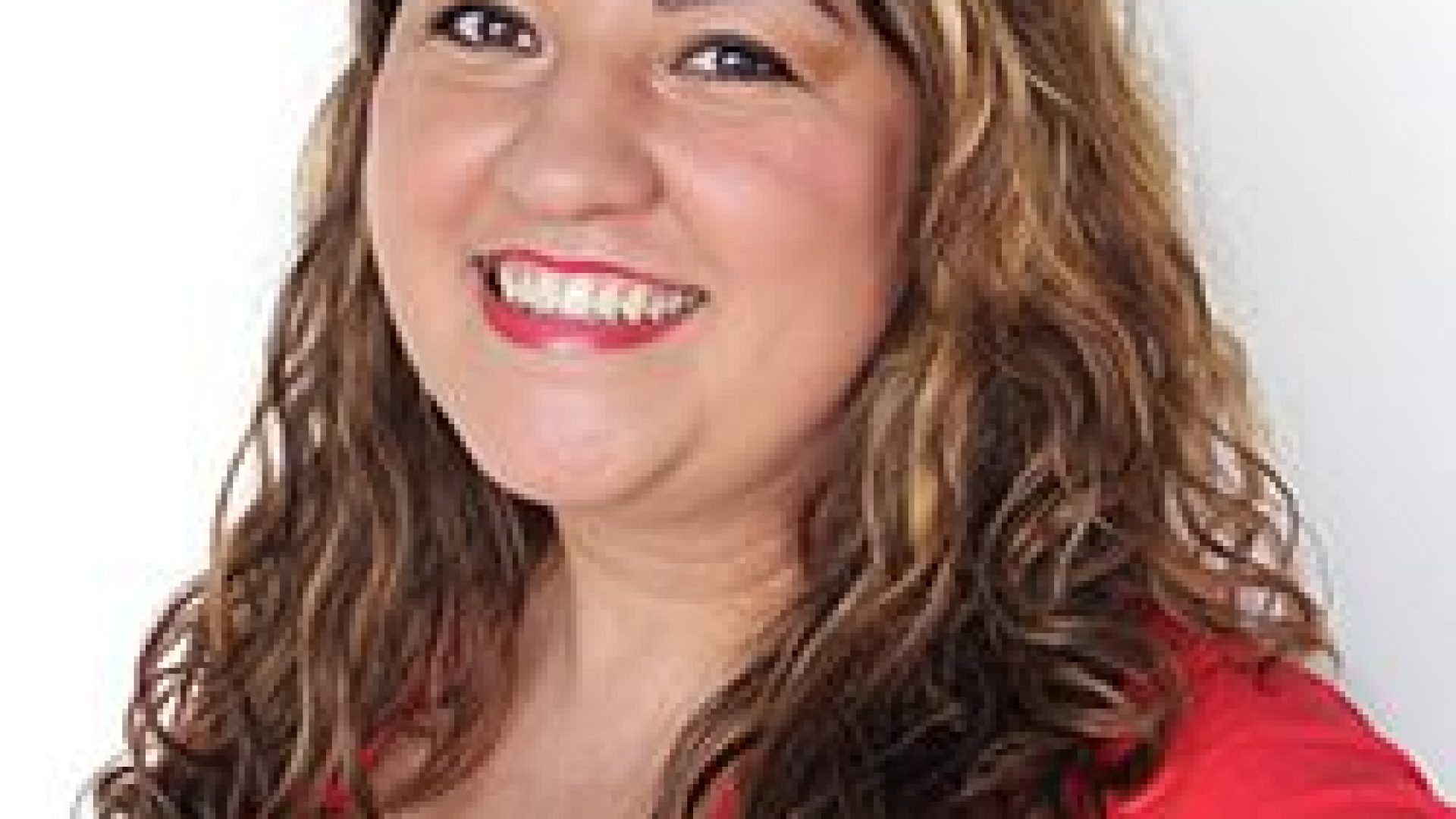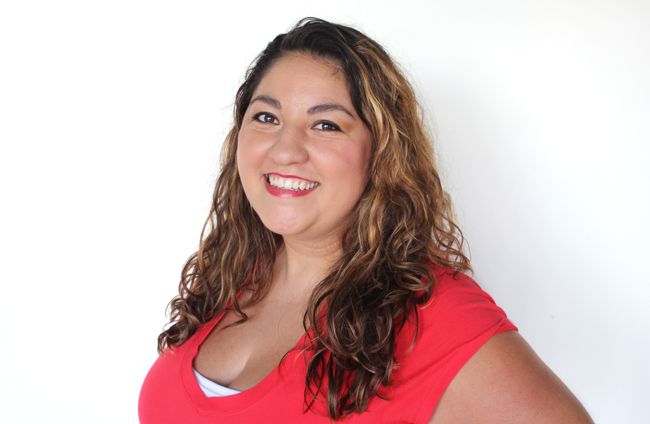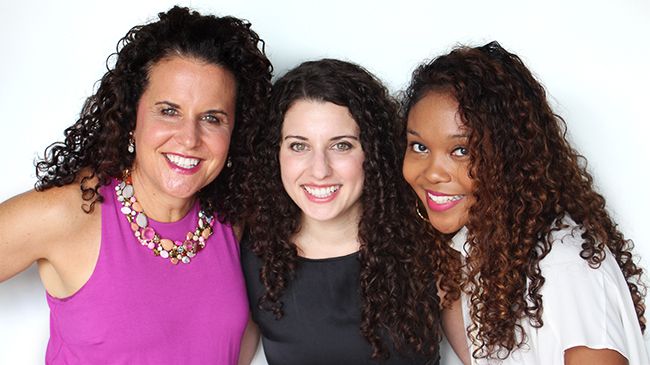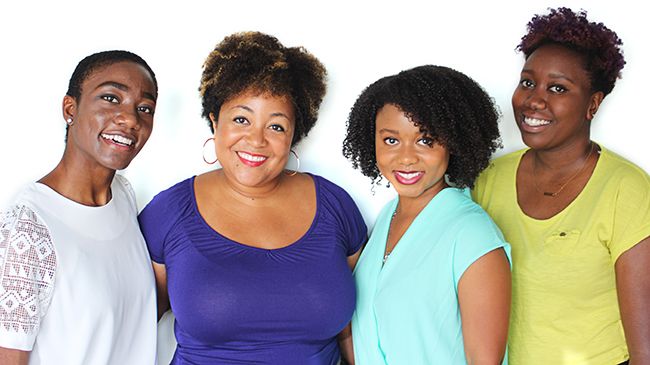
If you’re new to embracing your naturally wavy hair –welcome to the community!
You have likely heard about two generic hair categories: straight and curly, when your hair falls into the latter, discovering a unique hair care and styling plan can be a bit of a challenge. Coming from a mindset of hair being treated only one of two ways can keep you from finding its true curl potential because, after all, no two curls, coils, or waves want to be treated the same. If you fall in between straight and curly, you may feel like your only option is to straighten or curl your hair because it feels frizzy or unmanageable when you wear it naturally. Chances are your hair isn’t straight and frizzy, you may be naturally wavy.
What’s your hair type?
There are several different factors that determine your hair type, like how thick your hair is or how tightly or loosely your hair curls. Your unique genes will dictate your hair type, which is why your hair may be completely different to your sibling’s or your mother’s.
First, let’s define a few of these factors so that you can more easily determine your hair type.
Width
Also known as strand thickness, the width of your individual strands may either be fine, coarse, or somewhere in between (normal”>. You can also have more than one type of width throughout your head. To be able to tell the thickness of your hair, hold a strand up to the light to more easily see; if a strand is hard to see then your hair is considered fine.
Curl Pattern
This boils down to how your hair curls. Those with larger, wider ‘s’ shaped curls are in the 2a to 2c wavy hair range. If your curls are corkscrews, they are in the 3a to 3c curly range. Those with tighter coiled patterns fall in the 4a to 4c range.
To be able to care for your hair you need to know where your hair falls in each of these categories. While porosity and thickness both have simple tests to tell curl pattern is not that easy. For that reason it is best to choose your hair products off of the first two tests when you are starting out your curl journey before worrying too much about which curl pattern you have.
Porosity
This is how well your hair absorbs water. While hair that naturally curls tends to have a higher porosity than straighter hair, that is not the case all of the time. The best way to determine the porosity of your own hair is to do a simple test, take a few strands of your hair and put them in a cup of water, let that sit for a few minutes and then check it. If it is floating you have low porosity if it has sunk you have high porosity.
These are just three elements of your hair type, here’s a full list of all of them.
When can you figure out your curl pattern?
This is a common point of confusion among new curlies. Your curl pattern will change over time if the current state of your hair is damaged and unhealthy. If you have used heat styling tools or chemicals like relaxers, texturizers, or bleach to lighten your hair, then your curl pattern will look much looser and less uniform than it would naturally. When you’re transitioning from damaging practices to starting to embrace your natural texture, your hair will grow in at the roots with your natural texture, but the length and ends of your hair will still be looser your natural texture.
Once your hair has grown out and you have trimmed your ends, you will be able to better determine your curl pattern.
Start with porosity and width
It is important to know your hair’s porosity and width in order to choose your products because that will tell you how well your hair can maintain moisture or if it will be weighed down easily.
Here are 3 ways you can figure out your porosity, and this test will help you figure out whether your hair is thick, thin or medium width.
What do type 2, 3 and 4 mean?
Once you have the first two tests down and are ready to dive into curl patterns, use this quick guide to determine which category your quirky, unique texture type may fall into.
Type 2 wavy hair (2a-2c”>
-
Many times, people with type 2 waves consider their hair straight until they start caring for it in a curly hair fashion. Type 2 hair is defined by large loose ‘s’ style waves, typically the hair strands fall closely to the head. Wavy patterns also tend to be resistant to styling and can frizz easily.
Type 3 curly hair (3a-3c”>
-
Type 3 hair is much more obviously curly compared to type 2 although it can still be manipulated into a straighter style with a blow dryer. Type 3 hair is defined by either a looping s-curl that comes back around itself (instead of fall down like a type 2″> up to tighter corkscrew curls.
Type 4 coily hair (4a-4c”>
-
Type 4 hair tends to be tightly coiled curls that are densely packed together, ranging from a tightly coiled ‘s’ type pattern to a sharper ‘z’ curl pattern. Type 4 curls can be more difficult to encourage natural clumping and is usually more prone to breakage if it not well protected from things such as brushing or heat styling tools. This is due to the increased risks of experiencing dryness faster because of the scalp’s natural oils not being able to travel down the unique shape of the strands unlike wavy to curlier patterns.
Here is a full guide to helping you figure out your curl pattern. Most women have two or three curl patterns on their head, so don’t be discouraged if you feel that one single curl pattern doesn’t apply to you. Once you determine the curl pattern your hair seems to fall into you can begin to care for your hair based on educated recommendations for that type. Remember that even if your curl pattern is the exact same as someone else’s, the porosity and/or width of your strands may be different.
Remember, caring for your hair can take a lot of trial and error and it won’t always be perfect on the first go but once you start to work towards healthier hair you will begin to notice it get easier with each attempt.



